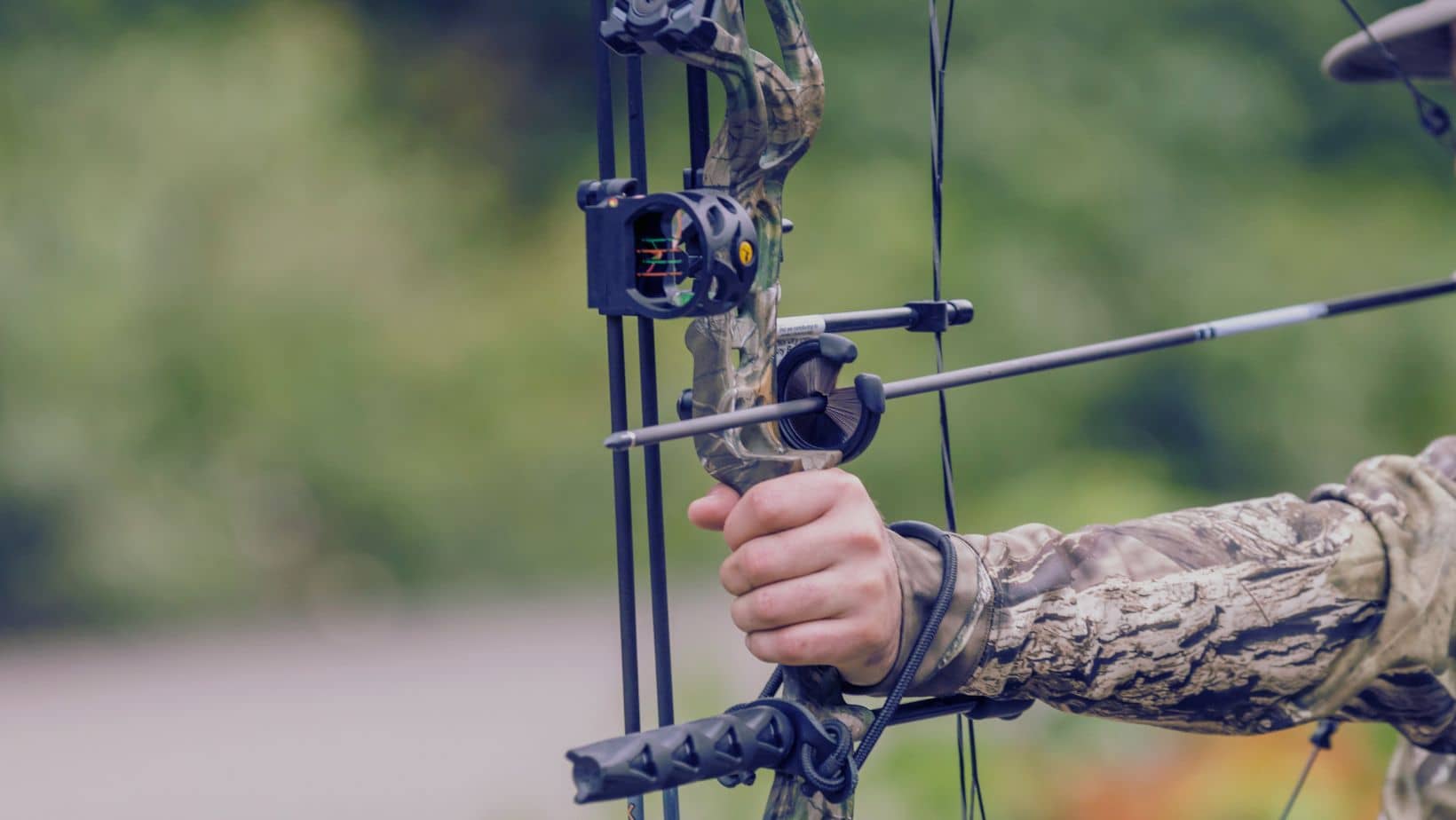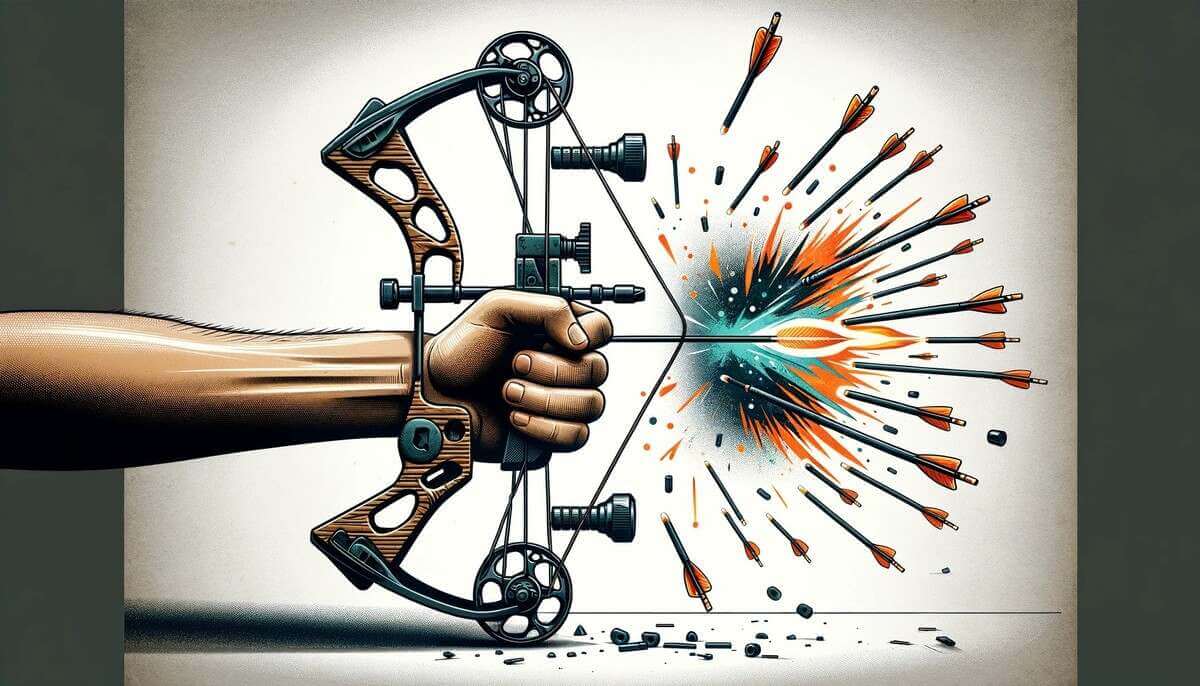Dry Firing A Compound Bow: What You Need To Know Before It’s Too Late!
So here’s the deal, folks. We’ve all been there—standing in our backyard or at the range, ready to unleash an arrow with precision and power. But wait, what’s that sound? A loud pop, maybe even a crack? Oh no, you might’ve just dry fired your compound bow. Now, let’s break this down because understanding dry firing is crucial for any archer out there.
It’s not just about the “oops” moment when you pull that string without an arrow. No sir, it’s about the potential damage to your beloved compound bow and, more importantly, your safety. Whether you’re a seasoned archer or just starting out, knowing the ins and outs of dry firing can save you a ton of trouble.
Imagine this: you’re all geared up, ready to hit the target, but something goes wrong. That’s why we’re here today—to deep dive into everything you need to know about dry firing a compound bow. Trust me, by the end of this article, you’ll be a pro at preventing and handling these situations.
Read also:Xray Sheets For Car The Ultimate Guide To See Through Your Ride
What Exactly is Dry Firing?
Let’s start with the basics. Dry firing a compound bow happens when you pull the string back and release it without an arrow nocked. Simple enough, right? But here’s the kicker—it’s not just harmless fun. When you dry fire, all that energy that’s supposed to propel the arrow goes straight into the bow itself. And guess what? That can lead to some serious damage.
Why is Dry Firing Dangerous?
Now, let’s talk turkey. Dry firing isn’t just a minor inconvenience. It can lead to catastrophic failure of your bow. Here’s why:
- **Energy Transfer:** Without an arrow, all the stored energy slams into the limbs and other components of the bow, causing stress.
- **Bow Damage:** This stress can cause cracks, delamination, or even complete limb failure. Yikes!
- **Safety Risk:** A damaged bow can snap during use, potentially injuring you or someone nearby. Not cool.
So, yeah, dry firing is no joke. It’s like driving a car without brakes—you’re setting yourself up for disaster.
How to Tell if Your Bow Has Been Dry Fired
Okay, so you’re thinking, “How do I know if my bow has taken a beating from a dry fire?” Great question. Here are some telltale signs:
- **Visual Inspection:** Check for cracks, splits, or any unusual marks on the limbs and riser.
- **String and Cables:** Look for fraying or unusual wear on the bowstring and cables.
- **Sound Test:** Give your bow a gentle pluck. If it sounds off or feels different, that’s a red flag.
And don’t forget, sometimes the damage isn’t immediately visible. That’s why it’s crucial to have your bow inspected by a professional if you suspect a dry fire has occurred.
Common Causes of Dry Firing
Now that we know what dry firing is and why it’s bad news, let’s talk about how it happens. Here are some common scenarios:
Read also:Ready To Eat Overnight Oats Costco The Ultimate Guide For Healthy Eaters
User Error
Sometimes, it’s just a simple mistake. Maybe you forgot to nock an arrow, or maybe you got distracted. Hey, it happens. The key is to stay mindful and focused when handling your bow.
Equipment Malfunction
Other times, it’s not your fault. A faulty release aid or a misaligned rest can cause the arrow to fall off before the shot. That’s why regular maintenance and checks are essential.
How to Prevent Dry Firing
Prevention is the name of the game here. Here are some tips to keep your compound bow safe:
- **Double-Check:** Always make sure an arrow is properly nocked before pulling the string.
- **Practice Focus:** Stay present and focused while shooting. Distractions can lead to mistakes.
- **Regular Maintenance:** Keep your equipment in tip-top shape. A well-maintained bow is less likely to malfunction.
And remember, it’s always better to be safe than sorry. If you’re ever unsure, double-check again. Your bow will thank you for it.
What to Do After a Dry Fire
So, the worst has happened—you’ve dry fired your bow. Now what? Here’s what you need to do:
Stop Shooting Immediately
First things first—stop using the bow. Continuing to shoot could cause further damage or even injury.
Inspect for Damage
Carefully inspect your bow for any signs of damage. Look for cracks, splits, or anything unusual. If you’re not sure, it’s time to call in the pros.
Consult a Professional
Take your bow to a reputable archery shop or technician. They’ll be able to assess the damage and recommend the best course of action.
The Cost of Dry Firing
Let’s talk dollars and cents. Depending on the extent of the damage, repairing or replacing a dry-fired bow can be expensive. Here’s a rough breakdown:
- **Minor Repairs:** If it’s just a small crack or wear, repairs might cost anywhere from $50 to $150.
- **Major Repairs:** More significant damage could run you $200 to $500 or more.
- **Replacement:** In the worst-case scenario, you might need a new bow. Prices vary, but expect to spend anywhere from $300 to over $1,000.
So, yeah, prevention really is key here. A little caution can save you a lot of cash.
Can You Still Use a Dry-Fired Bow?
This is a question a lot of archers ask. The short answer? It depends. If the damage is minor and properly repaired, you might be able to continue using your bow. However, if there’s significant damage, it’s probably best to retire it. Safety should always be your top priority.
When to Replace Your Bow
If your bow is showing signs of major damage—like deep cracks or limb failure—it’s time to say goodbye. Trying to use a compromised bow is a recipe for disaster.
Expert Tips for Compound Bow Care
Here are a few expert tips to keep your compound bow in top condition:
- **Regular Cleaning:** Wipe down your bow after each use to remove dirt and grime.
- **Lubrication:** Keep moving parts well-lubricated to prevent wear and tear.
- **Storage:** Store your bow in a cool, dry place to avoid moisture damage.
These simple steps can go a long way in extending the life of your bow and preventing issues like dry firing.
Conclusion: Protect Your Bow, Protect Yourself
So there you have it, folks. Dry firing a compound bow is something every archer should take seriously. By understanding what it is, how it happens, and how to prevent it, you can keep your bow in great shape and ensure your safety.
Remember, prevention is key. Stay focused, maintain your equipment, and always double-check before you shoot. And if the worst happens, don’t panic. Inspect, assess, and consult a professional.
Now, it’s your turn. Have you ever experienced dry firing? Share your story in the comments below. And don’t forget to share this article with your fellow archers. Let’s keep our bows—and ourselves—safe and sound!
Table of Contents
- What Exactly is Dry Firing?
- Why is Dry Firing Dangerous?
- How to Tell if Your Bow Has Been Dry Fired
- Common Causes of Dry Firing
- How to Prevent Dry Firing
- What to Do After a Dry Fire
- The Cost of Dry Firing
- Can You Still Use a Dry-Fired Bow?
- Expert Tips for Compound Bow Care
- Conclusion: Protect Your Bow, Protect Yourself
Article Recommendations



